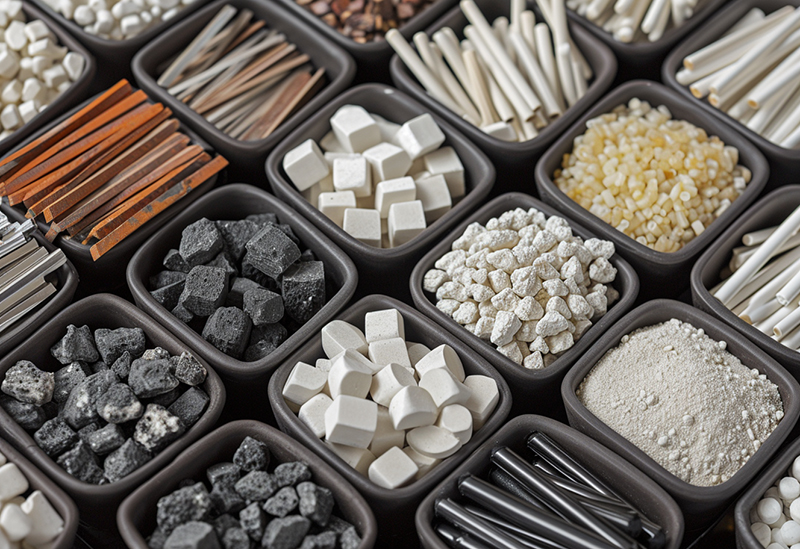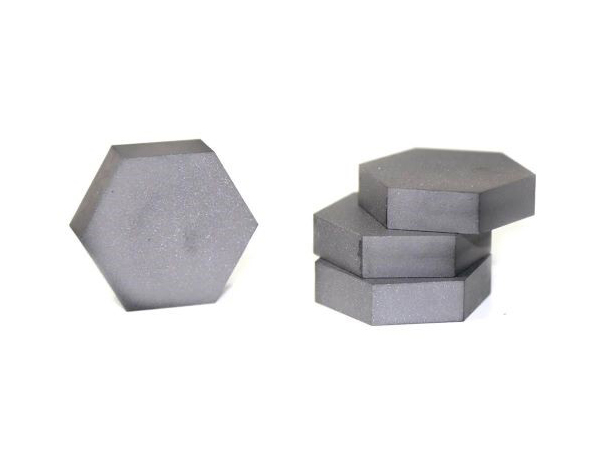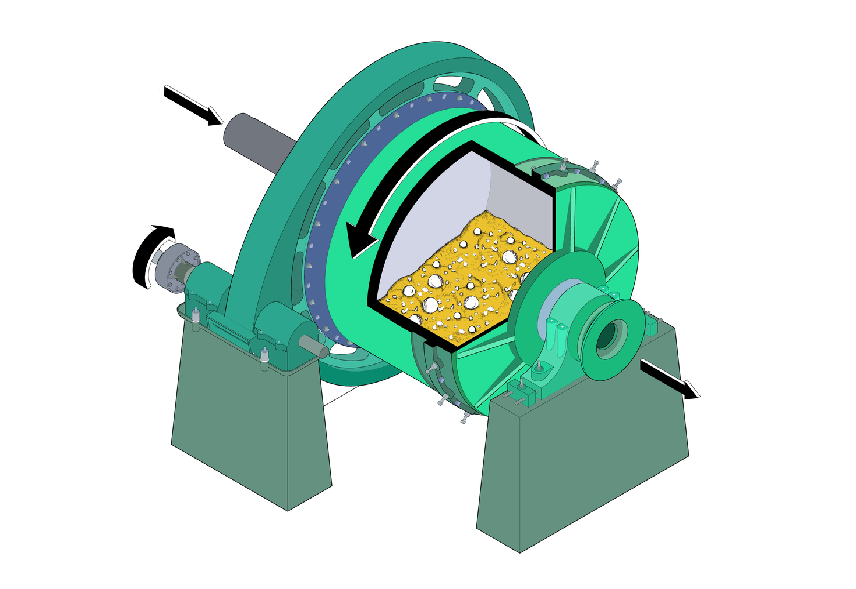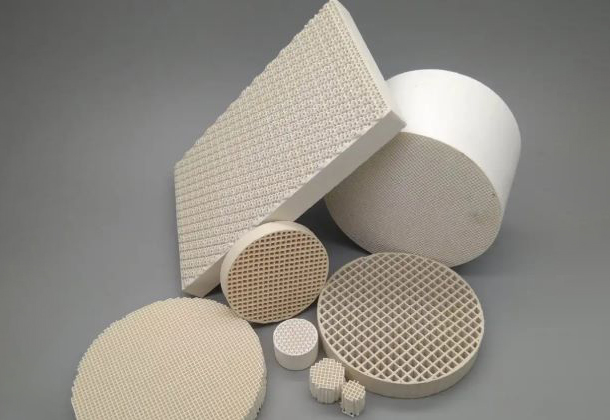Ferroelectric Ceramics

Ferroelectric ceramics are a distinctive class of materials featuring spontaneous electric polarization that can be reversed by an external field. Notable for their hysteresis loop in polarization-electric field curves, these ceramics are essential in capacitors, sensors, and memory devices, offering stable polarization states. Their unique properties, including piezoelectric and electrostrictive effects, contribute to efficient energy conversion and actuation in various electronic applications.
Ferroelectric Ceramics Properties:
- Spontaneous Polarization
- Hysteresis Loop
- Piezoelectricity
- Electrostrictive Effect
- Non-Volatile Memory
Ferroelectric Ceramics Properties Details
-
Spontaneous Polarization: Ferroelectric ceramics exhibit spontaneous electric polarization, which can be reversed by an external electric field.
-
Hysteresis Loop: The polarization-electric field curve of ferroelectric ceramics forms a hysteresis loop, indicating the reversible nature of their polarization.
-
Piezoelectricity: These ceramics demonstrate the ability to convert mechanical stress into an electric charge and vice versa, making them suitable for sensors and actuators.
-
Electrostrictive Effect: Ferroelectric ceramics undergo dimensional changes when subjected to an electric field, known as the electrostrictive effect.
-
Non-Volatile Memory: Due to their stable polarization states, ferroelectric ceramics are used in non-volatile memory applications, such as Ferroelectric Random-Access Memory (FeRAM).
-
High Dielectric Constant: Ferroelectric ceramics often have a high dielectric constant, contributing to their effectiveness in capacitors.
-
Ferroelectric Domains: The material is composed of domains with distinct polarization orientations that can be reoriented under the influence of an electric field.
-
Curie Temperature: Ferroelectric ceramics have a critical temperature called the Curie temperature, above which their ferroelectric properties disappear.
Ferroelectric Ceramics Applications
-
Capacitors: High dielectric constant and reversible polarization make ferroelectric ceramics valuable in capacitor applications.
-
Sensors and Actuators: The piezoelectric properties are utilized in sensors for detecting mechanical stress and in actuators for precise mechanical movements.
-
Non-Volatile Memory Devices: Ferroelectric ceramics play a crucial role in non-volatile memory devices, contributing to data storage technologies like FeRAM.
-
Sonar and Ultrasound Devices: Piezoelectricity enables the use of ferroelectric ceramics in sonar systems and medical ultrasound devices.
-
Inkjet Printers: The electrostrictive effect is harnessed in inkjet printers for precise control of ink droplet ejection.
-
Piezoelectric Motors: These ceramics are employed in motors that rely on the piezoelectric effect for controlled motion.
-
Microelectromechanical Systems (MEMS): Ferroelectric ceramics find applications in MEMS devices for their ability to convert electrical signals into mechanical motion.
-
Energy Harvesting: The piezoelectric properties are utilized in energy harvesting devices, converting mechanical vibrations into electrical energy for various applications.
Your Ferroelectric Ceramics Supplier
Advanced Ceramic Materials is a leading supplier of ferroelectric ceramic products of the highest quality for a wide range of applications. We are happy to provide advice on materials, design, and application. Feel free to contact us for any questions about ferroelectric ceramic or other ceramic materials that are not listed on the website.













